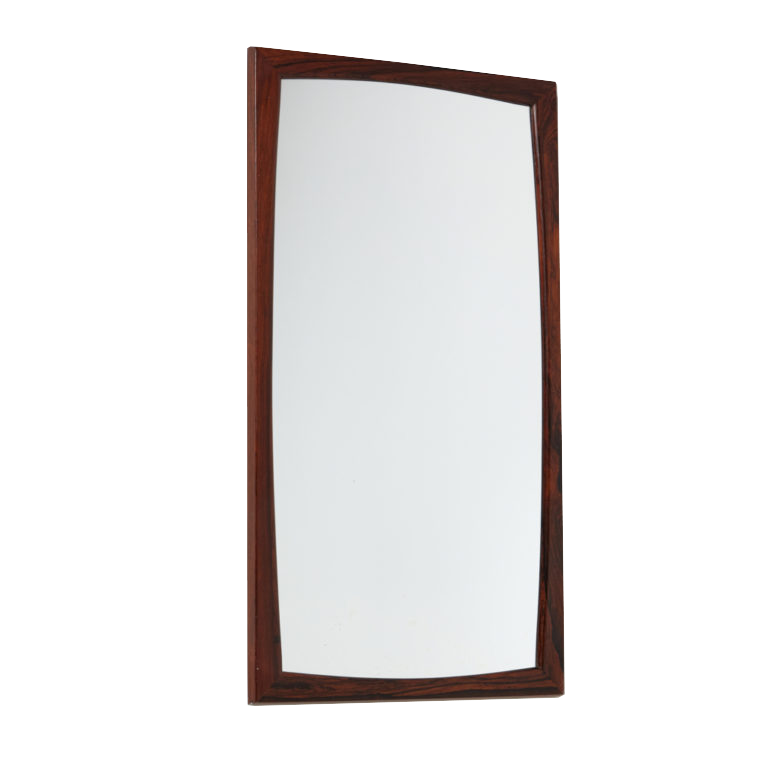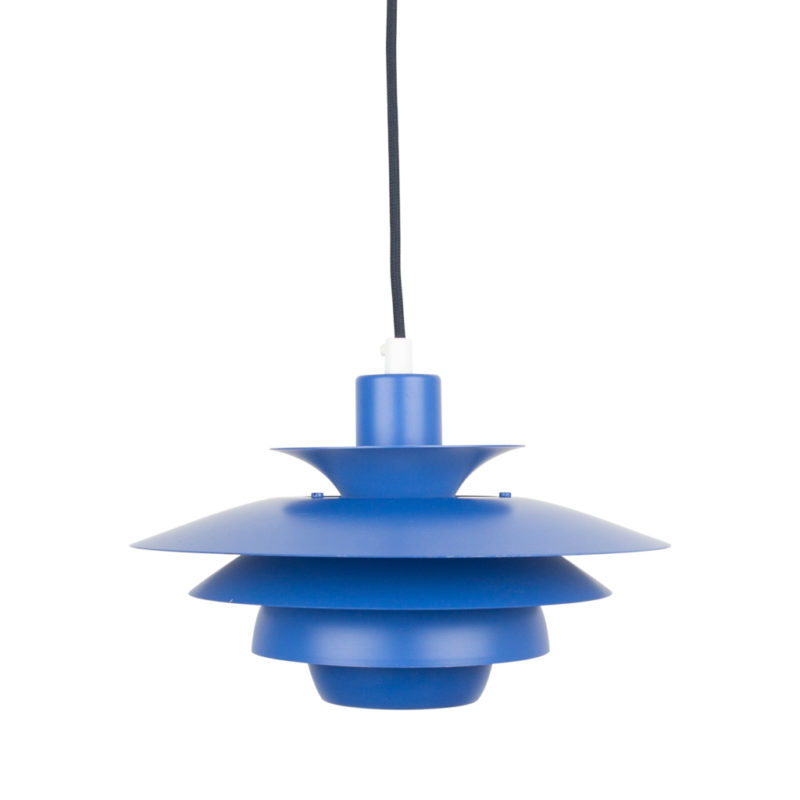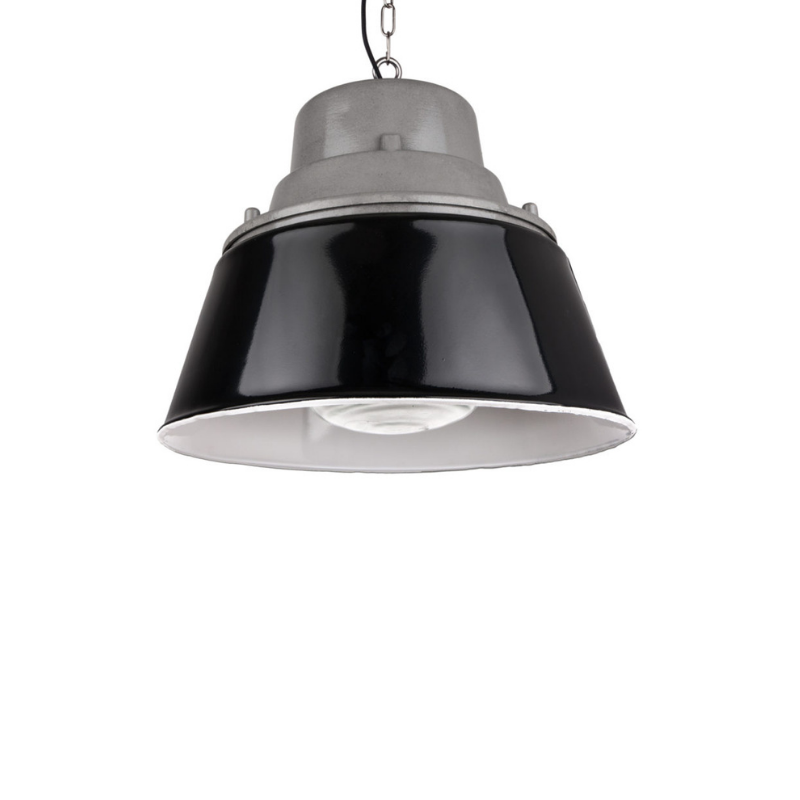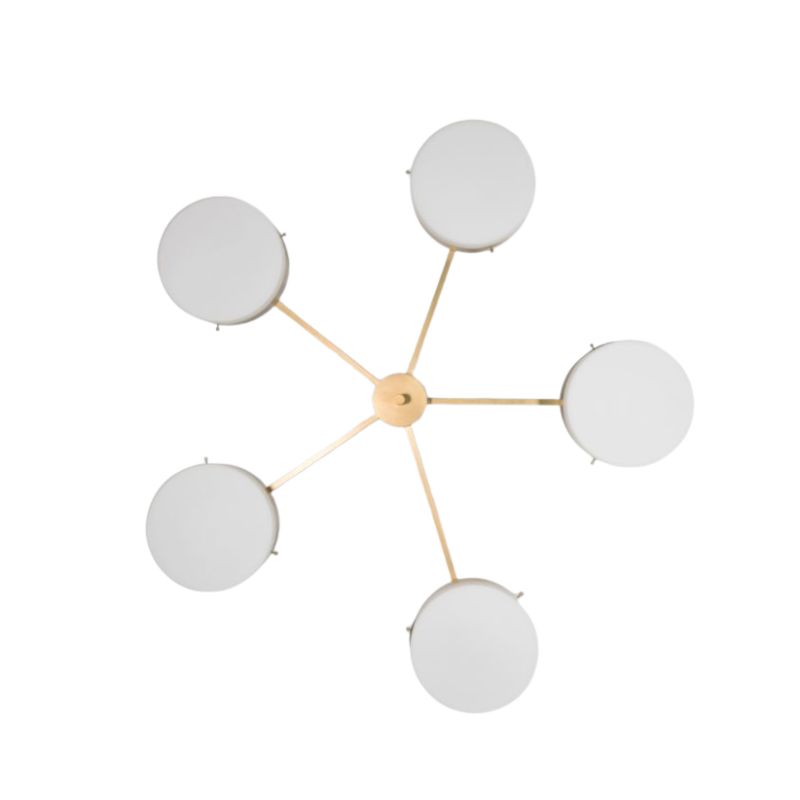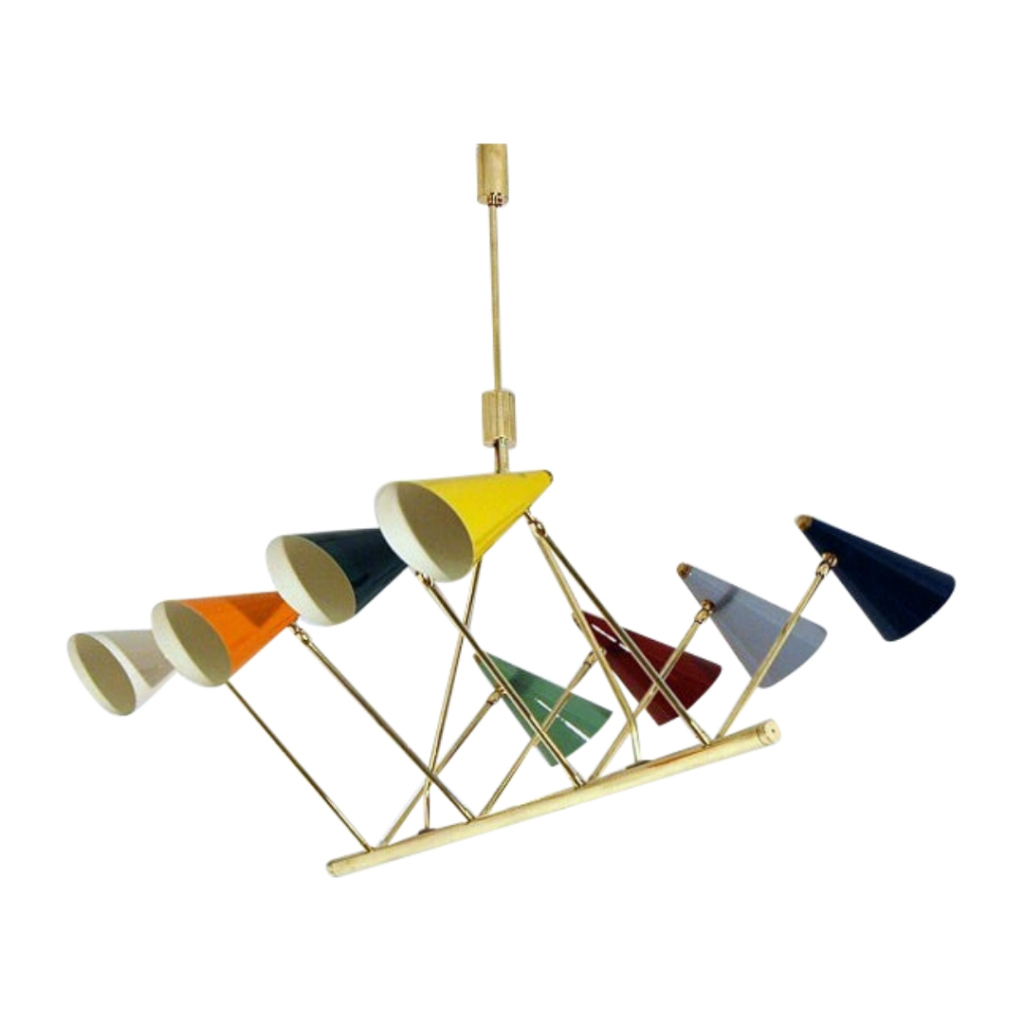I don't know if it will work
SDR, I haven't tried the poly over the tung oil yet, but I'll let you know if it won't stick. In fact, you might hear my ranting, faintly from afar. Tung oil doesn't stay oily and it wears, so I'm hoping it will be fine with a cleaning.
I like your color technique on oak. I like subtle, but I'm thinking it is very subtle for what sounds like a lot of work. If I was making something with that technique, I would to add a touch of the full color to accentuate the color in the grain -- like green pulls or green legs.
SDR, go cook something on the grill!
I did a coffee table with...
I did a coffee table with the rub-on poly and somehow it looks much less plastic than other poly finishes I've seen. Maybe it's the sheen. I did have to do about 8 coats before it looked even, though. This was new jatoba wood, which I think is pretty hard and the grain wasn't all that open.
I just got around to stripping and sanding a Drexel Profile lamp table that I've had for a few years. The finish was completely trashed and the thing had also been sitting in a garage, I think. The top had all kinds of dirty scuzz on it and in the interests of sanitization I scrubbed it outdoors with detergent and the hose and let it air dry in the sun. It was pretty disgusting. Of course then I had to sand it thoroughly to get rid of the horribly raised grain. But it didn't stink anymore!
Anyway, the wood was not interesting in color or grain so I ebonized it with India ink. Some of you may remember that I ebonized a Danish walnut lounge chair awhile back, and I thought this table would look nice with it. I still need to put some kind of protective finish on it because the ink isn't terribly permanent.
Yes, Spanky,
you'll want to add a coat of something. Staining is true ebonizing; most manufacturers just paint black and call it ebonized. Good for you, doing it right !
And yes, in my limited experience with rub-on poly, you'd need a several applications on raw wood. I wonder if a coat of sanding sealer would speed up that process. I haven't gotten as far as achieving a smooth coat on a large surface -- there are lap marks between one patch of work and the next. Any ideas on that ?
Shawn Marie, you're right -- and I have already painted the hardware that goes with this oak. Looks cool -- a nice smooth medium green on the yellow side. There's some industrial and farm equipment I've seen with this color. . .
lap marks
SDR, do you mean that you get lap marks with rub-on polyurethane? I didn't have any trouble with my table top because it was small enough to one entire coat at a time. I just made sure the finish hadn't pooled anywhere before leaving each coat to dry.
I remember years ago reading that polyurethane is hard to touch up. This was in regards to floor finishing, probably for worn areas or scratches. It supposedly was hard to feather into the old finish. I don't know if that's still the case but maybe that's what you're talking about? I seem to remember that the only solution back then was to sand and recoat the entire floor.
I like the india ink finish a...
I like the india ink finish a lot, I wonder if tattoo inks would work for other colours? I imagine its highly pigmented but might be expensive depending how much of an area you have to finish.
Does any of it come off on the hand afterwards? I'm yet to try it but would finish it with some shellac and wax or poly for a bit of extra protection, it sounds and looks far superior to black paint anyway.
http://www.tattink.com.au/eternal/
India ink has very good cover...
India ink has very good coverage. I did that entire end table with only 1-2 ounces of ink. It goes on very easily and quickly. You do have to get all the old finish off first, though.
The ink doesn't rub off but I think some finishes act as solvents on it. I think I had that problem with the chair that I did and that's why I gave it just a beeswax polish in the end. The table will need more than that. I'll have to experiment and see what I can do that will not affect the ink.
It's a lovely soft black, kind of on the warm side, and of course you can still see the wood grain through it.
I think that years ago there used to be brown ink but I don't know if you can still get that in bottles. Tattoo ink sounds interesting.
Have you tried Waterlox? ...
Have you tried Waterlox? It's a very nice finish and can easily be wiped on in several thin coats. It also gives excellent depth and has a very slight amber tint that looks great on older furniture. It takes time to fully cure,but will dry very hard and is perfect for everyday use. They also use it on wood flooring. I would use the original formula called sealer/finish. It's a medium sheen.
Mike
Waterlox experience
Waterlox (actually a solution of Waterlox thinned by spirits) was recommended to me by the finisher of a very reputable Philly antique dealer specializing in Nakashima restorations. I have since had a custom dining table made of chinese elm finished with waterlox. It's been a good three or four years and the finish is still going strong, even with regular use and two kids. Solid, absolutely waterproof, nice sheen. One caveat, that I have not yet confirmed...I was told to be careful using Waterlox on veneer. Its impermeability can be a problem with a thin veneer. BTW, I use the original sealer finish. Hope this helps.
If you need any help, please contact us at – info@designaddict.com





